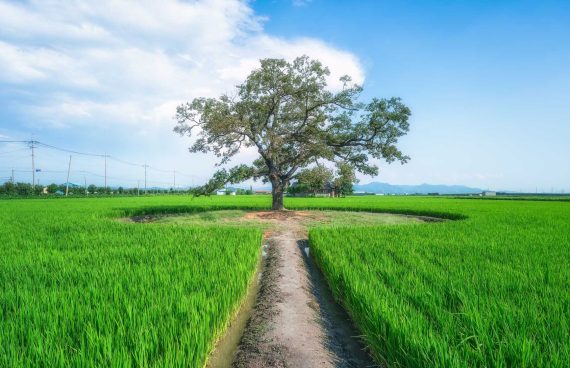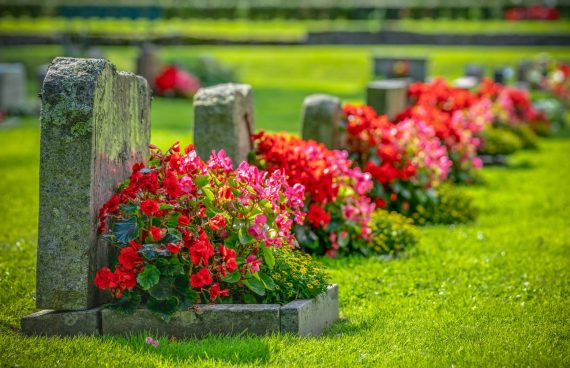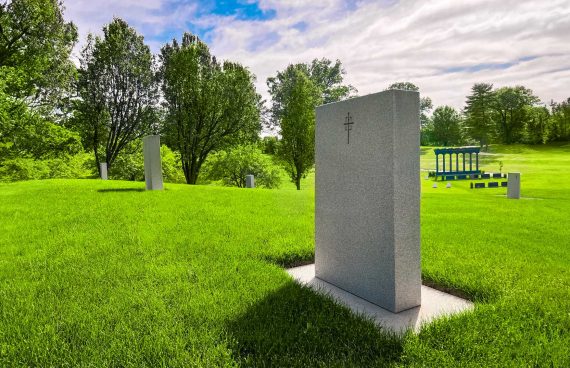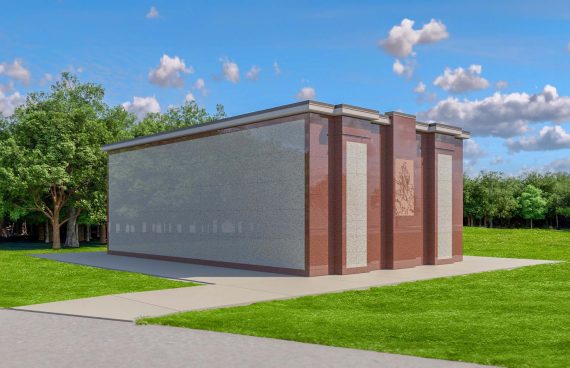Mausoleum vs. crypt
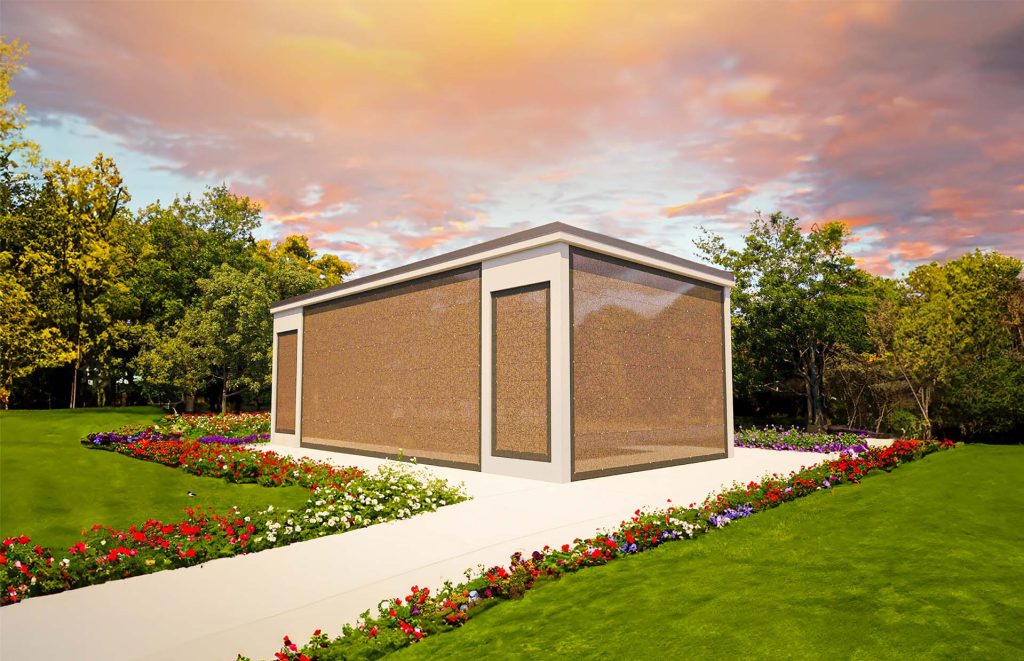
When planning a final resting place, you have several options to consider: traditional casket burial, cremation, and various types of burial spaces such as mausoleums, crypts, and tombs. Understanding the differences between these can help you make an informed decision for yourself or a loved one.
Mausoleum vs. Crypt
Mausoleums are large, above-ground structures, often made of stone or concrete, that can house multiple individuals. They are typically more ornate than crypts, and they offer a higher level of protection from environmental factors like flooding. Mausoleums come in two main types: public and private. Public mausoleums accommodate multiple unrelated individuals, while private mausoleums are custom-designed for specific families and can be personalized.
Lawn Crypts, on the other hand, are smaller, below-ground chambers often made of concrete. They are commonly found in cemeteries and religious buildings like churches. Lawn crypts are usually less elaborate and less expensive than mausoleums but can be a suitable choice, especially in areas where flooding isn’t a concern.
Choosing the right burial space
Your choice between mausoleums or lawn crypts will depend on your preferences and budget. If you desire an above-ground resting place with ornate details, a mausoleum might be ideal. For a more economical and compact option, consider a crypt.
Regardless of your choice, ensure that the burial space is well-maintained. Cemeteries usually handle the upkeep, but you may also choose to tend to the site with flowers or other decorations. Always check with the cemetery for any specific guidelines regarding decorations.
Accessibility and security are also important factors. Choose a burial space that is accessible to visitors and secure, especially if mobility issues or security concerns are factors.








 Use current location
Use current location




